internment
May 29, 2022
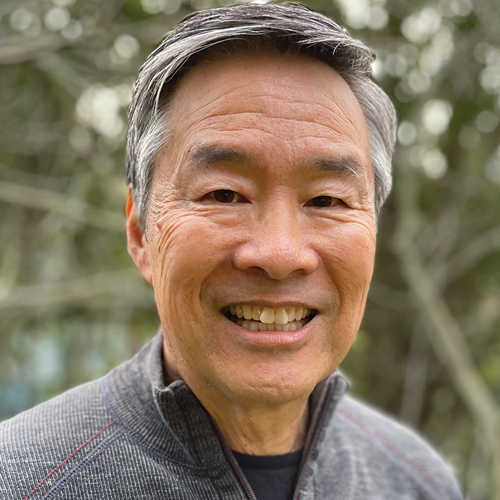
For the next generation
After 26 years leading Densho, a nonprofit organization committed to preserving and sharing Japanese American history, executive director Tom Ikeda, ’76, ’79, ’83, is retiring
September 4, 2021
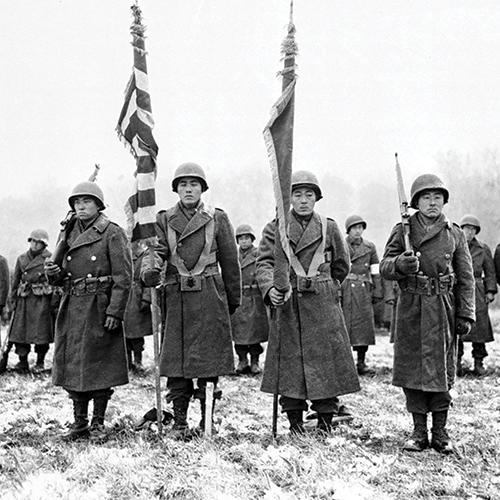
The Nisei story
‘Boys in the Boat’ author Daniel James Brown’s new book depicts the heroism of World War II-era Japanese Americans.
November 24, 2019
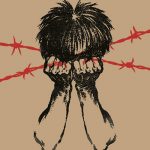
Legacy of ‘No-No Boy’
Decades ago, he built a foundation for Asian American literature; now, a UW professor is still protecting an alumnus’s classic novel.
March 1, 2012

Gordon Hirabayashi, 1918-2012
For 45 years, Gordon Hirabayashi, ’46, ’49, ’52, who died Jan. 3 at the age of 93, waited for justice after he was imprisoned for challenging the internment of thousands of Japanese Americans after Japan bombed Pearl Harbor at the start of World War II.
March 1, 2006

Stolen years
After Pearl Harbor, as the U.S. imprisoned thousands of its own citizens in internment camps, more than 400 Japanese American students had to drop out of the UW.
Long memory
"I don't think the majority of Americans are aware of the internment camps," Ruth Purkaple says. "Some have learned about it in school, but it's still pretty unknown."
December 1, 2005
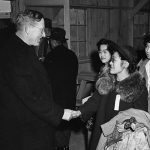
Detective story
The assignment was straightforward, but it felt like mission impossible: Find out what happened to more than 400 students forced to leave the University of Washington when the federal government incarcerated Japanese Americans in 1942.
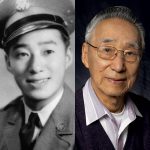
The stolen years
After Pearl Harbor, as the U.S. imprisoned thousands of its own citizens in internment camps, more than 400 Japanese American students had to drop out of the UW. This is the story of some forced to leave — and the efforts the UW made to protect them.
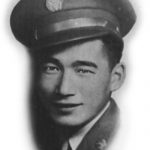
Well-earned salute
Every time Hiro Nishimura, ’48, passes the William Kenzo Nakamura Federal Courthouse in Seattle, he raises his hand in a salute. The courthouse was renamed four years ago to honor Nakamura, who earned the nation’s highest military award—the Medal of Honor.
